Everyone knows which are the top 2 courses in Northern Ireland. But do you know which is 3rd? The consensus appears to be Portstewart’s Strand Course, just a short drive west of Portrush. While not as well-known as Royal County Down or Royal Portrush, the course got some attention when Jon Rahm won the Irish Open here in 2017 and, judging by the high green fees, appears to be on the itineraries of a lot of visiting Americans. And the dunes here are at least as impressive as anything at Royal County Down. So it’s a course worth discussing and, if you’re on an Irish golf trip and the budget isn’t an issue, one worth visiting.
But while Portstewart is a very good course, it’s clearly a few rungs below the Northern Irish top 2 and I’d also have it below the top 3 courses that I played on this trip in the Republic, St. Patrick’s, Portmarnock, and The Island. Like several of those, Portstewart covers some pretty heavy terrain. But it does it in the least artful way of the bunch, with several holes in the heavy dunes on the front nine coming off as a bit gimmicky: too narrow and with some awkward routing choices. To be fair, the dunes area really big; many are 40-50 feet high rather than the 5-10 feet that you find on a lot of links courses. But you could say the same of some of the dunes at Royal County Down and The Island and they (well, more the former than the latter) seem to handle it without the degree of awkwardness and severity.
Portstewart is a tale of two nines, with the first nine running through the large dunes and the back nine running over more standard links land, albeit a bit hillier than your usual links land. The club didn’t acquire the land that covers the front nine until the 1960s and didn’t construct it until 1992. The previous course consisted of the back nine and part of what’s now called the Riverside Course, neighboring and on similar terrain to the current back nine.
The first hole, which is a bit of a mix of the terrain from the front nine and the back nine, is said to be considered (according to the yardage guide) among Europe’s finest opening holes. That seems a bit excessive—I wouldn’t say it’s better than the opening holes at Royal County Down, Royal Portrush, or even Ardglass—but it is a very good opening hole. It’s ~420 yards, so the main issue here is not bailing too far away from the dunes on the inside of the dogleg to leave yourself a reasonable length second. But unlike several other greens on the front nine, this one is very accepting of a run-up shot if you do have to come in from some distance.
But while Portstewart is a very good course, it’s clearly a few rungs below the Northern Irish top 2 and I’d also have it below the top 3 courses that I played on this trip in the Republic, St. Patrick’s, Portmarnock, and The Island. Like several of those, Portstewart covers some pretty heavy terrain. But it does it in the least artful way of the bunch, with several holes in the heavy dunes on the front nine coming off as a bit gimmicky: too narrow and with some awkward routing choices. To be fair, the dunes area really big; many are 40-50 feet high rather than the 5-10 feet that you find on a lot of links courses. But you could say the same of some of the dunes at Royal County Down and The Island and they (well, more the former than the latter) seem to handle it without the degree of awkwardness and severity.
Portstewart is a tale of two nines, with the first nine running through the large dunes and the back nine running over more standard links land, albeit a bit hillier than your usual links land. The club didn’t acquire the land that covers the front nine until the 1960s and didn’t construct it until 1992. The previous course consisted of the back nine and part of what’s now called the Riverside Course, neighboring and on similar terrain to the current back nine.
The first hole, which is a bit of a mix of the terrain from the front nine and the back nine, is said to be considered (according to the yardage guide) among Europe’s finest opening holes. That seems a bit excessive—I wouldn’t say it’s better than the opening holes at Royal County Down, Royal Portrush, or even Ardglass—but it is a very good opening hole. It’s ~420 yards, so the main issue here is not bailing too far away from the dunes on the inside of the dogleg to leave yourself a reasonable length second. But unlike several other greens on the front nine, this one is very accepting of a run-up shot if you do have to come in from some distance.
The 360 yard par 4 second is one of the most awkward holes here and was just downright unpleasant to play into a wind that was quartering from the left. From the tee, you can’t see much of the fairway, which narrows to almost nothing at about 240, and there’s all kinds of opportunity for losing balls up the right side. The smart play here is just to try to hit one 200-220 yards to hit the widest part of the fairway. The uphill approach is to a narrow green with junk on both sides.
The downhill par 3 third is straight-forward enough, with a deep back-to-front sloping green. A miss short is much better than one wide or long.
Like two, the ~540 yard par five fourth highlights my primary issue with Portstewart: several of the holes are just a bit too narrow, which will always be a problem on a links course where the wind is likely to blow. Although there wasn’t much excuse for it on the second, the major issue here is that the valley through which the fairway is routed just isn’t that wide. But they could probably cut a bit more grass at its edges. The green has a pretty good false front and you want to make sure that you get all the way up top.
Exiting the big dunes on the drive, the long par 4 fifth is a much sounder hole than the previous few. Actually, it’s a very good one; there’s ample room right but because of the length of the hole, you get a significant advantage if you hug the (more dangerous) left side. Still, you’ll probably be able to find and play your ball if you miss left.
The approach, through a gap in the dunes, is one of the course’s best. So is the deep but narrow green, which places a premium on accuracy for the long second.
Another weak point of Portstewart is its set of par 3s. None of them is very interesting, although they're all challenging. If it looks like your tee shot is coming up short, you’ll want to yell for it to get in one of the bunkers. Otherwise it’ll run about 20 yards down a hill and you’ll have a blind pitch.
The par 5 seventh features another awkward tee shot, especially if you’re not playing the back tees. From the (6,625 yard) white tees, it’s only about 250 to run through the fairway on the direct line and you’ll either have to lay back, hit a draw, or carry some of the dunes on the right.
But it gets more gimmicky on the approach, where you play uphill to a narrowing fairway that’s blind where you think you’d want to land the ball. You don’t want to land the ball there—just bunt one up near the furthest point you can see because beyond this, the fairway narrows to about 5 yards wide and the hole drops into a pit of doom on the right.
It’s not a long par 5 and you’d think this would be an opportunity to have a short second, go for the green in two, and have a shot at eagle. But unless you’re very accurate, you’ll probably just lose 2 or 3 balls if you try to do this. This hole is probably best played 4-iron, 9-iron, wedge.
It’s not a long par 5 and you’d think this would be an opportunity to have a short second, go for the green in two, and have a shot at eagle. But unless you’re very accurate, you’ll probably just lose 2 or 3 balls if you try to do this. This hole is probably best played 4-iron, 9-iron, wedge.
The 410 yard eighth is another awkward driving hole, running straight out about 300 yards to the end of the fairway, then turning sharply left over a ravine. It’s probably best to hit something about 250 and just take your mid-iron approach. Long hitters could get near the green with a favorable wind and that might be worth trying if you don’t care about your score but like most of the rest of the front nine, if you care about scoring, you should just play this hole conservatively.
Straight into the wind, the 350 yard ninth was absolutely brutal. That’s because unless you can carry it about 230, you’re driving to a narrow fairway with a pit of despair on either side. I couldn’t make the carry and hit it in the one on the right, which actually set up one of my best shots of the trip—an 8-iron that just barely cleared the crest of the hill and ended up 10 feet from the pin. It’d be an interesting hole with any other wind, but it was borderline unplayable with this one and we probably should have moved up a set of tees.
As I mentioned above, the character of the back nine is very different, crossing much more standard links terrain. And although I’m not sure how many would make it, there’s an argument to be made that this is the better of the two nines.
It isn’t always a lot easier—the 400 yard tenth features a drive to a narrow fairway with bunkers 230 and 265 on the left and dunes/long grass up the right. The approach is much easier, downhill to a broad green without any trouble in front.
It isn’t always a lot easier—the 400 yard tenth features a drive to a narrow fairway with bunkers 230 and 265 on the left and dunes/long grass up the right. The approach is much easier, downhill to a broad green without any trouble in front.
The 375 yard eleventh plays to a broader fairway, although one progressively narrowed by bunkers up the left side. It’s definitely got a bit of a ‘championship course drive’ feel, wide open if you lay back but narrow if you hit a driver. The approach is over a valley to a green that’s cut into the side of a dune. There’s plenty of room up there which is good…because there isn’t really a good place to miss it.
We played the par 3 twelfth to a dopey temporary green left of the real green (without any reduction in the green fee). But the shot to the real green didn’t look to be anything special either.
The 490 yard par 5 thirteenth is pretty straight-forward, although there is OB up the right. The main feature here is a set of bunkers that narrows the fairway about 50 yards short of the green. They’re well-placed to mess with those who are on the cusp of being able to go for the green in two. The green has two bunkers on each side.
The fourteenth is also a par 5 and of similar length, but much more interesting and challenging. Like the seventh, it’s a quick dogleg right, where it’s easy to run through the fairway on the left. Again, you either have to lay back or hit something that can carry part of the dunes at the corner of the dogleg. But as we learned, it’s definitely possible to overdo this and end up in…another pit of despair, this time filled with deep grass where you’re unlikely to find the ball.
The rest of the hole runs gradually uphill across some lovely links terrain with a green set in a broad hollow in the dunes.
Fifteen might be the best par 3 of the bunch but I’m not sure that’s saying much. The green has bunkers front and right so again, it’s an exacting shot. But the par 3s all look and play similar.
I actually thought that the last three holes, lengthy par 4s running to, away from, and then back to the clubhouse might have been the strongest part of the course. Each is a solid hole and this part of the course feels like an Open Championship course, albeit maybe a bit easier off the tee.
Although there are no fairway bunkers, the sixteenth has a narrow fairway with dunes on both sides. The approach into the green is a good one—the green is open at the front and accepts a run up shot.
Although there are no fairway bunkers, the sixteenth has a narrow fairway with dunes on both sides. The approach into the green is a good one—the green is open at the front and accepts a run up shot.
Also bunkerless off the tee (and at the green), the seventeenth is nonetheless significantly harder. Part of this was because it was playing into the wind (at 430, it’s also 40 yards longer). But a large part of it is the green itself, which is perched on a hill where anything short will roll back 10-15 yards. It might be the single hardest shot on the course although I appreciated the fact that unlike some of the course’s other hard shots, it’s easy to tell what’s going on here.
The bunkers up the left on the semi-blind eighteenth are only about a 190 yard carry and while there’s OB right, there’s plenty of room left. Downwind, it was a pretty simple driving hole. The approach looks similar to that on sixteen, although there are five bunkers around this green.
Portstewart appears to have become a standard part of the Northern Ireland golf trip itinerary. And some might see it as being in the upper tier of courses, maybe not on the level of Royal Portrush or Royal County Down, but in the conversation with courses like The Island and Portmarnock.
For me, this is not the case. First of all, I’d say there’s a pretty significant gap between Royal County Down and Royal Portrush, then another significant one between Royal Portrush and The Island/Portmarnock, which I’d rate similarly. I think that the drop off from The Island/Portmarnock to Portstewart is not much smaller than the drop off from Royal Portrush to The Island/Portmarnock.
To me, this is clearly a lesser course than those and belongs on the second (third?) tier with the lesser-known Portsalon and Narin and Portnoo. Several of the holes in the big dunes are awkward and honestly, a bit gimmicky. Some of this might have been the nature of the beast given the size of the dunes and narrowness of the corridors. But I’m sure that the course could have been routed or shaped in a way to avoid some of the awkwardness that we find on holes like two and eight.
And while I didn’t mention it much in my discussion of the holes, the shaping on and around the greens was often pretty rudimentary and not in a good way. A lot of the greens are awkwardly set in their surroundings, with abrupt changes in slope. This course might be a case where if they had moved more dirt, it would have looked like they had moved less. I don’t know who designed this course but in general, I think several architects could have done a better job.
This brings me to my last point, which is more a general reflection on my Ireland trip but one for which this course is a good case in point—except for the top courses, golf in Ireland does not offer good value for money. I paid £235 to play Portstewart, close to $300. If it were in the US, I’d say this was about a $150 course. And while Portstewart was one of the most egregious examples, green fees at all of these second-tier courses were at least close to if not over $200. That simply isn’t a good value for a course that would struggle to be in the top 10 public courses in my home state of Michigan, which Portstewart and everything below it would.
While you’d expect to pay a premium to travel abroad and might not mind doing so because these courses are a lot different that what you’ll get to experience in the states, if you care about getting your money’s worth for golf, I’d actually recommend avoiding the second-tier courses. Although some people scoff at it because of the amount of driving that it entails—Royal County Down to Ballybunion is almost a 5 hour drive—it might be best to stick to the top courses when visiting Ireland. Yes Royal County Down is $375, but it’s surely one of the world’s top 10 and is a much better value for money than Portstewart (or Narin and Portnoo or certainly Ballyliffin, which is the worst value of all).
Next time I go to Ireland—and someday I will because I ended this trip in Donegal and didn’t get to Ballybunion or Lahinch—I’ll be more sensitive to the green fees at these second-tier courses. On this trip, I tried to hit everything that seemed worth playing between Dublin and Donegal and there were just too many courses that I wouldn’t have missed had I not seen them. I might miss a gem (like Portsalon) along the way, but this would allow me to shorten my trip and not feel as if I had been had. Others may care more about the experience of the trip, but I expect a strong, positive correlation between the quality of the course and the green fee.
To me, Ireland has too many good, but not great courses charging visitors too high of greens fees. I’d much rather go play Pine Needles or Forest Dunes again than incur the considerable expense (plus the flight) to go play these. Or I’d go back to southwestern England, which (for now) is less well-known and offers better golf at lower rates.
For me, this is not the case. First of all, I’d say there’s a pretty significant gap between Royal County Down and Royal Portrush, then another significant one between Royal Portrush and The Island/Portmarnock, which I’d rate similarly. I think that the drop off from The Island/Portmarnock to Portstewart is not much smaller than the drop off from Royal Portrush to The Island/Portmarnock.
To me, this is clearly a lesser course than those and belongs on the second (third?) tier with the lesser-known Portsalon and Narin and Portnoo. Several of the holes in the big dunes are awkward and honestly, a bit gimmicky. Some of this might have been the nature of the beast given the size of the dunes and narrowness of the corridors. But I’m sure that the course could have been routed or shaped in a way to avoid some of the awkwardness that we find on holes like two and eight.
And while I didn’t mention it much in my discussion of the holes, the shaping on and around the greens was often pretty rudimentary and not in a good way. A lot of the greens are awkwardly set in their surroundings, with abrupt changes in slope. This course might be a case where if they had moved more dirt, it would have looked like they had moved less. I don’t know who designed this course but in general, I think several architects could have done a better job.
This brings me to my last point, which is more a general reflection on my Ireland trip but one for which this course is a good case in point—except for the top courses, golf in Ireland does not offer good value for money. I paid £235 to play Portstewart, close to $300. If it were in the US, I’d say this was about a $150 course. And while Portstewart was one of the most egregious examples, green fees at all of these second-tier courses were at least close to if not over $200. That simply isn’t a good value for a course that would struggle to be in the top 10 public courses in my home state of Michigan, which Portstewart and everything below it would.
While you’d expect to pay a premium to travel abroad and might not mind doing so because these courses are a lot different that what you’ll get to experience in the states, if you care about getting your money’s worth for golf, I’d actually recommend avoiding the second-tier courses. Although some people scoff at it because of the amount of driving that it entails—Royal County Down to Ballybunion is almost a 5 hour drive—it might be best to stick to the top courses when visiting Ireland. Yes Royal County Down is $375, but it’s surely one of the world’s top 10 and is a much better value for money than Portstewart (or Narin and Portnoo or certainly Ballyliffin, which is the worst value of all).
Next time I go to Ireland—and someday I will because I ended this trip in Donegal and didn’t get to Ballybunion or Lahinch—I’ll be more sensitive to the green fees at these second-tier courses. On this trip, I tried to hit everything that seemed worth playing between Dublin and Donegal and there were just too many courses that I wouldn’t have missed had I not seen them. I might miss a gem (like Portsalon) along the way, but this would allow me to shorten my trip and not feel as if I had been had. Others may care more about the experience of the trip, but I expect a strong, positive correlation between the quality of the course and the green fee.
To me, Ireland has too many good, but not great courses charging visitors too high of greens fees. I’d much rather go play Pine Needles or Forest Dunes again than incur the considerable expense (plus the flight) to go play these. Or I’d go back to southwestern England, which (for now) is less well-known and offers better golf at lower rates.
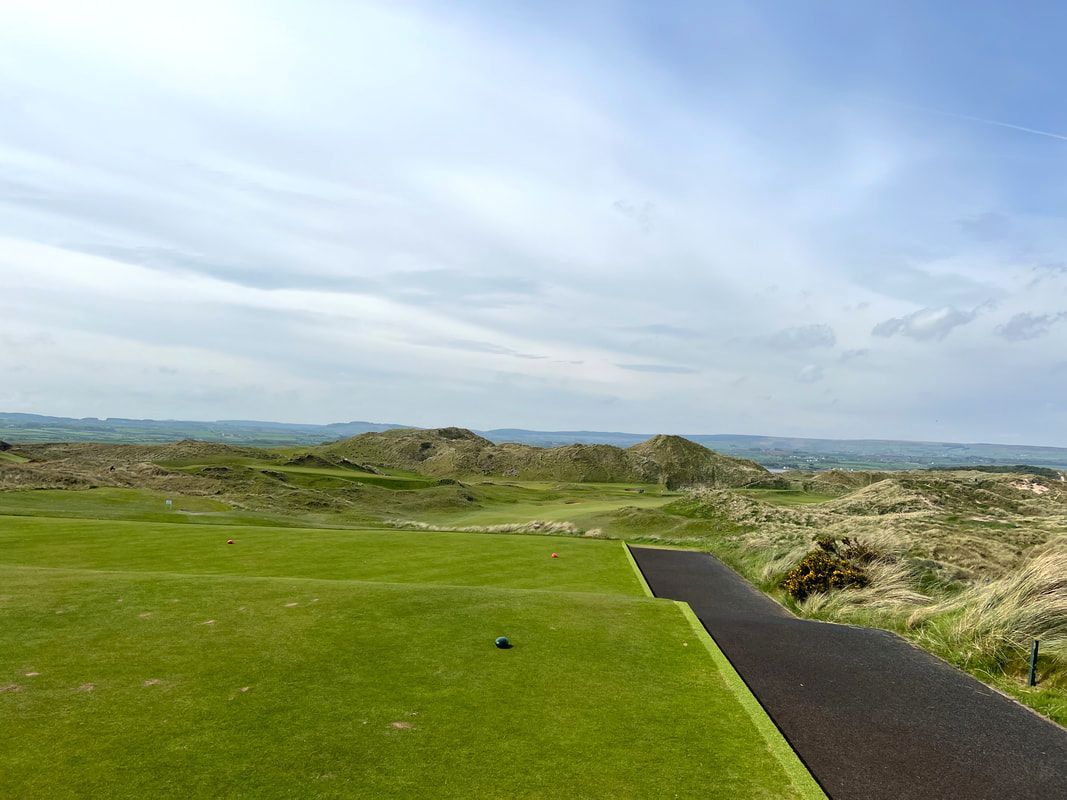
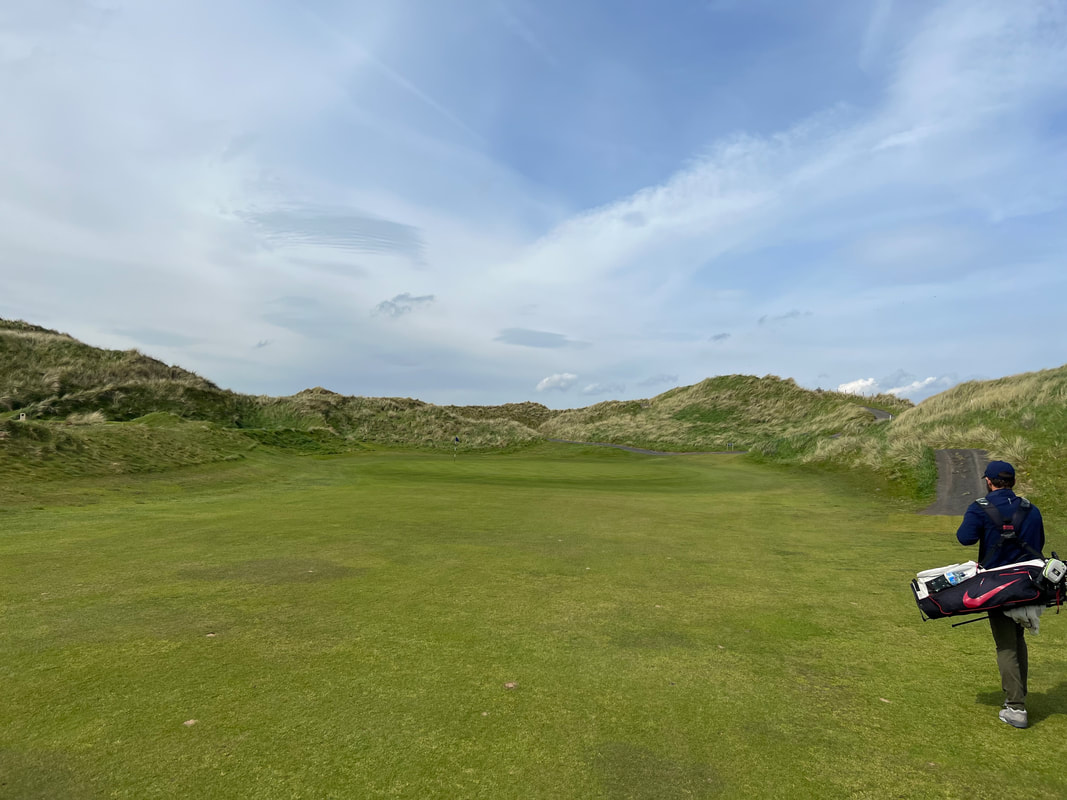

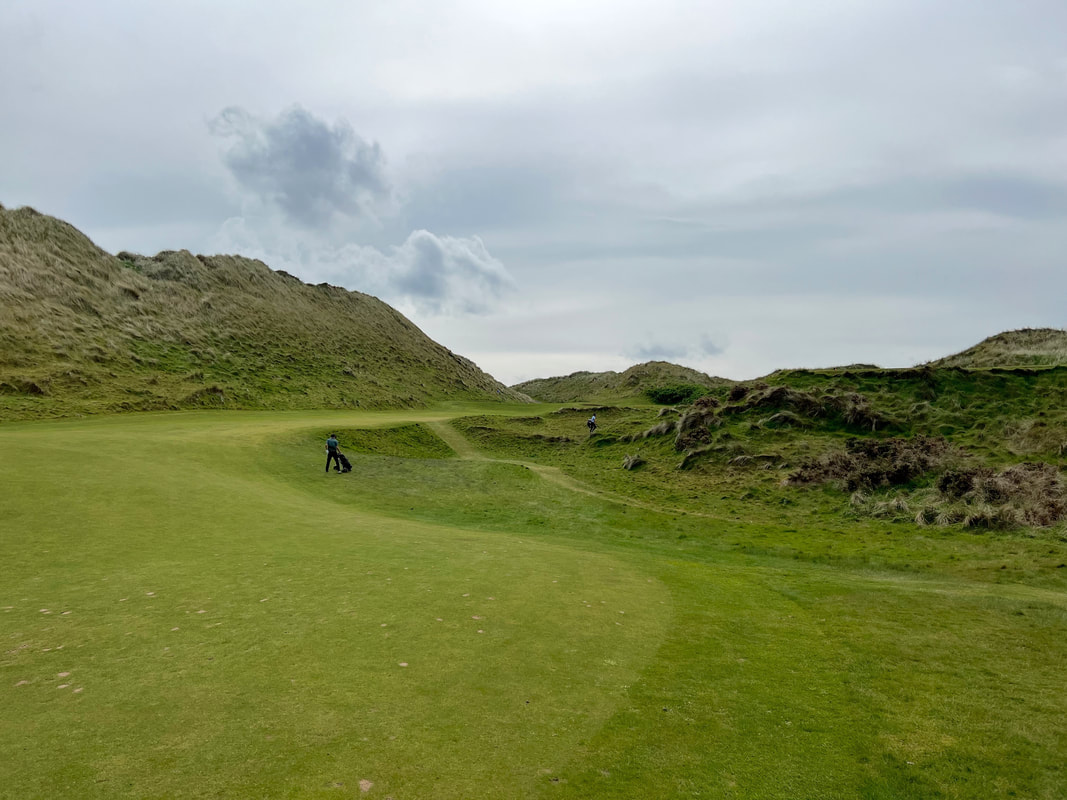
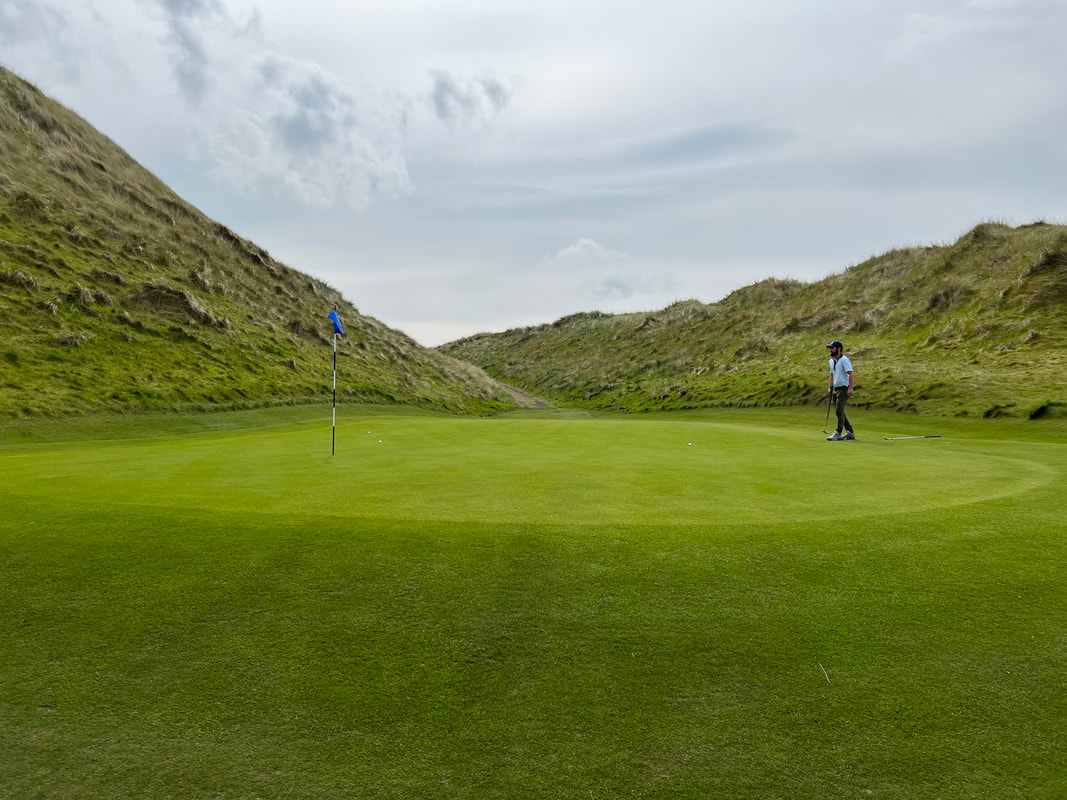
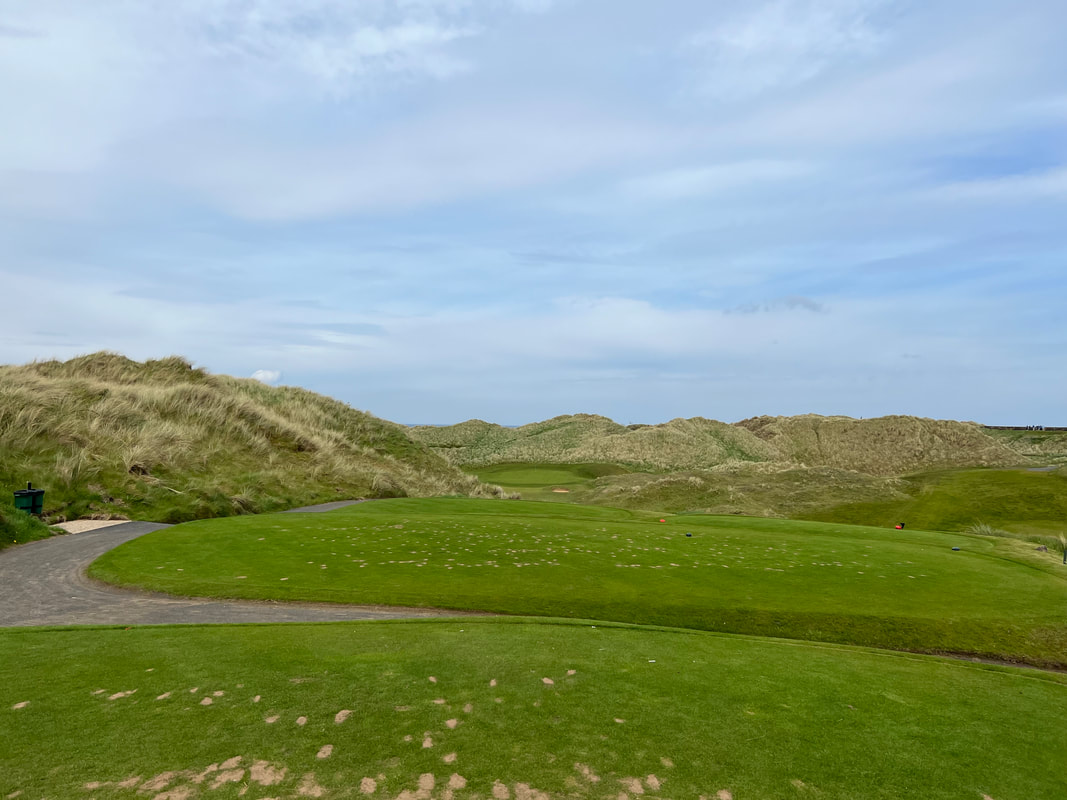
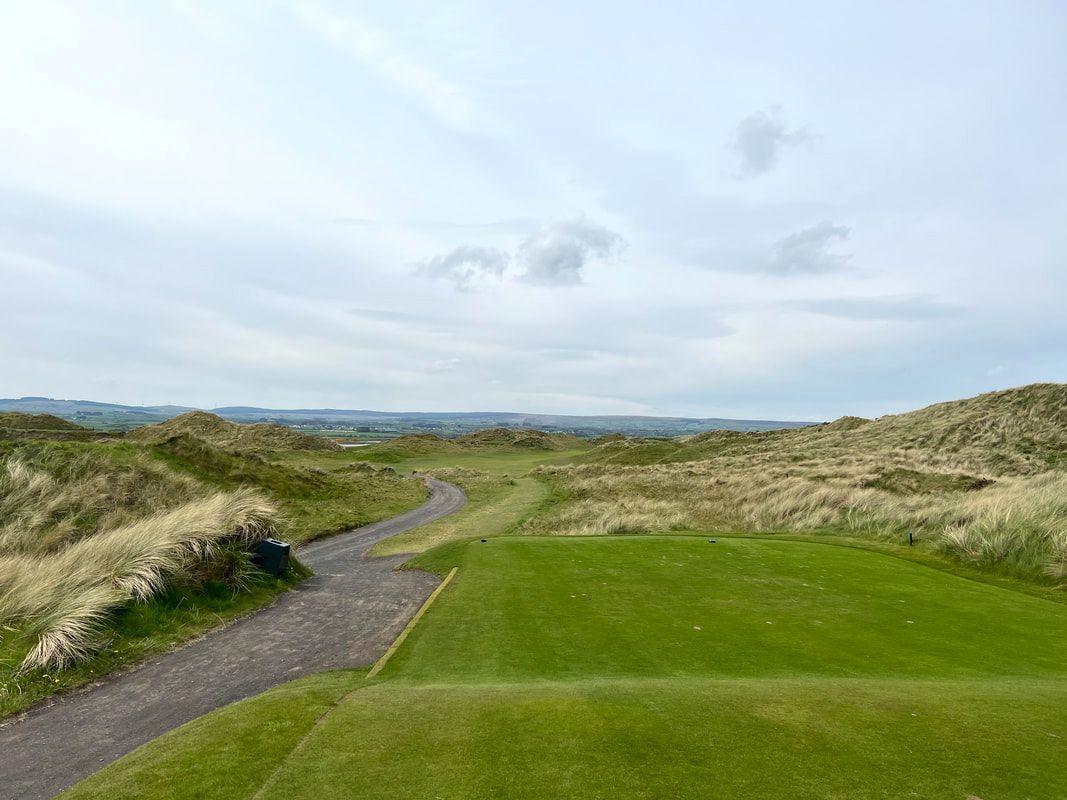
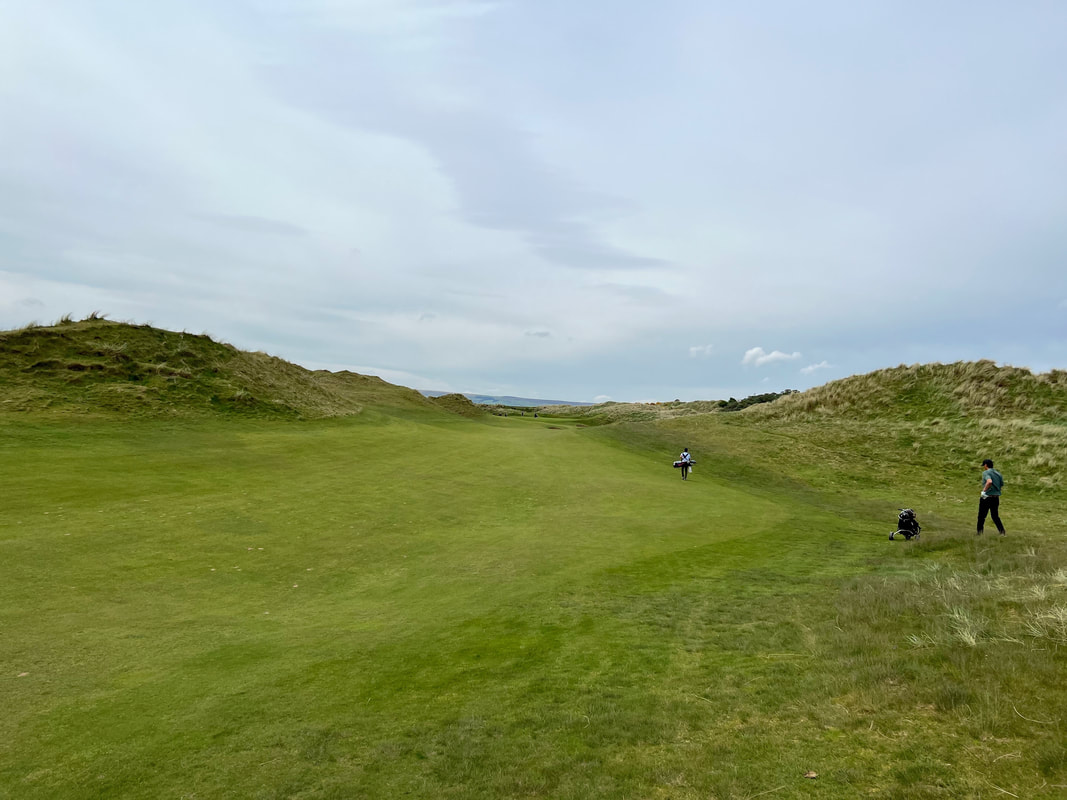
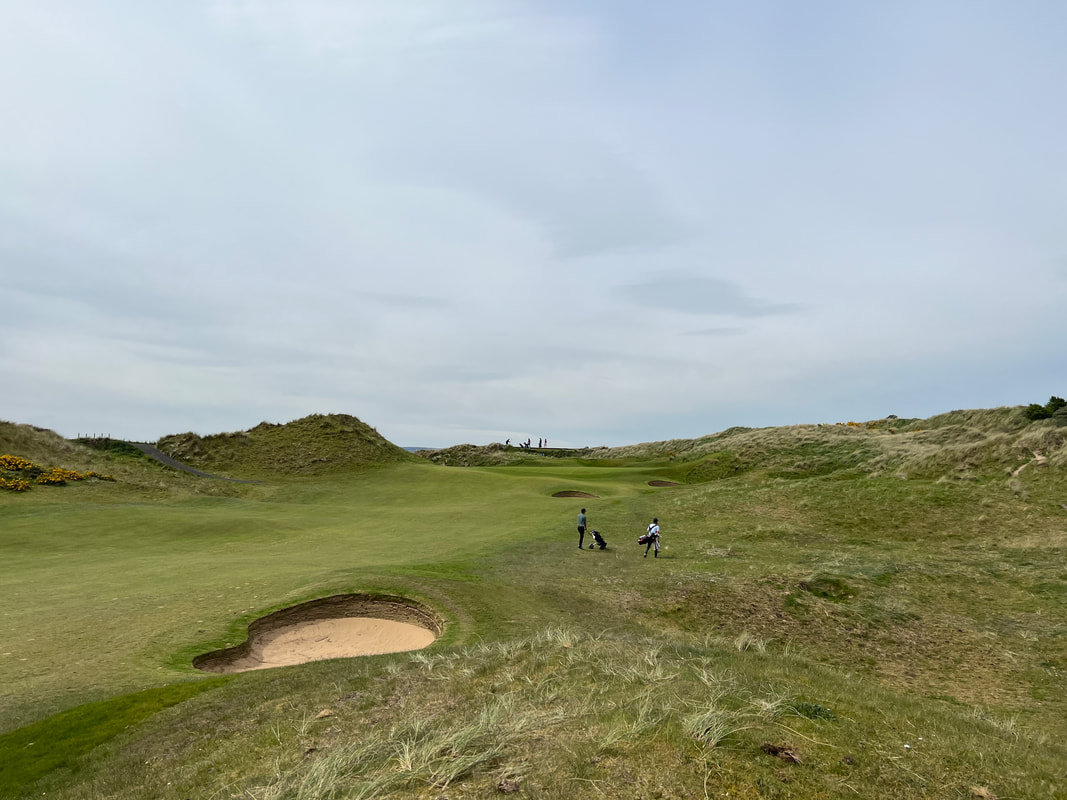
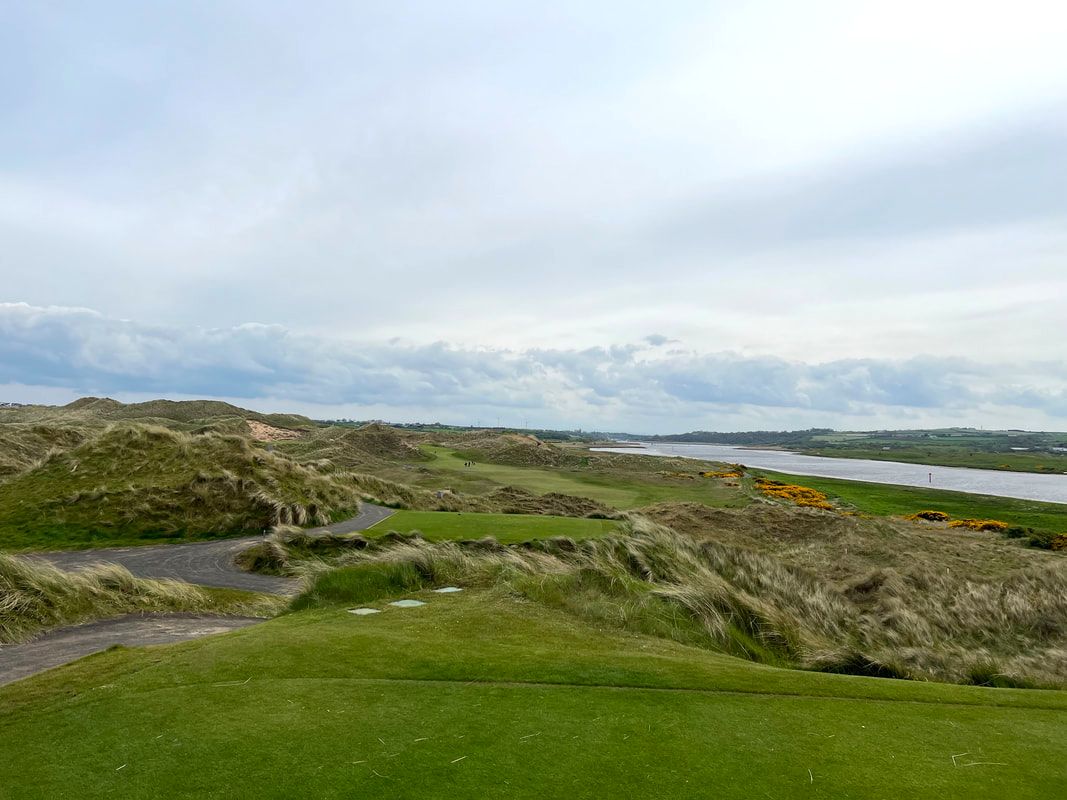
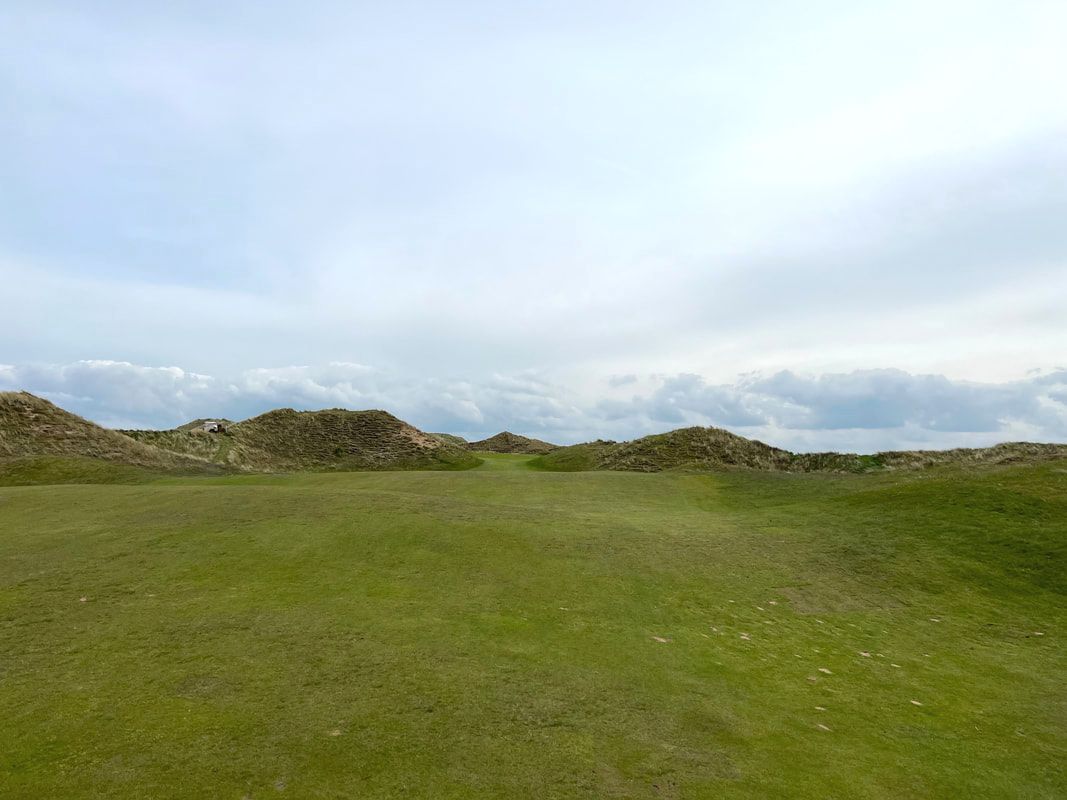

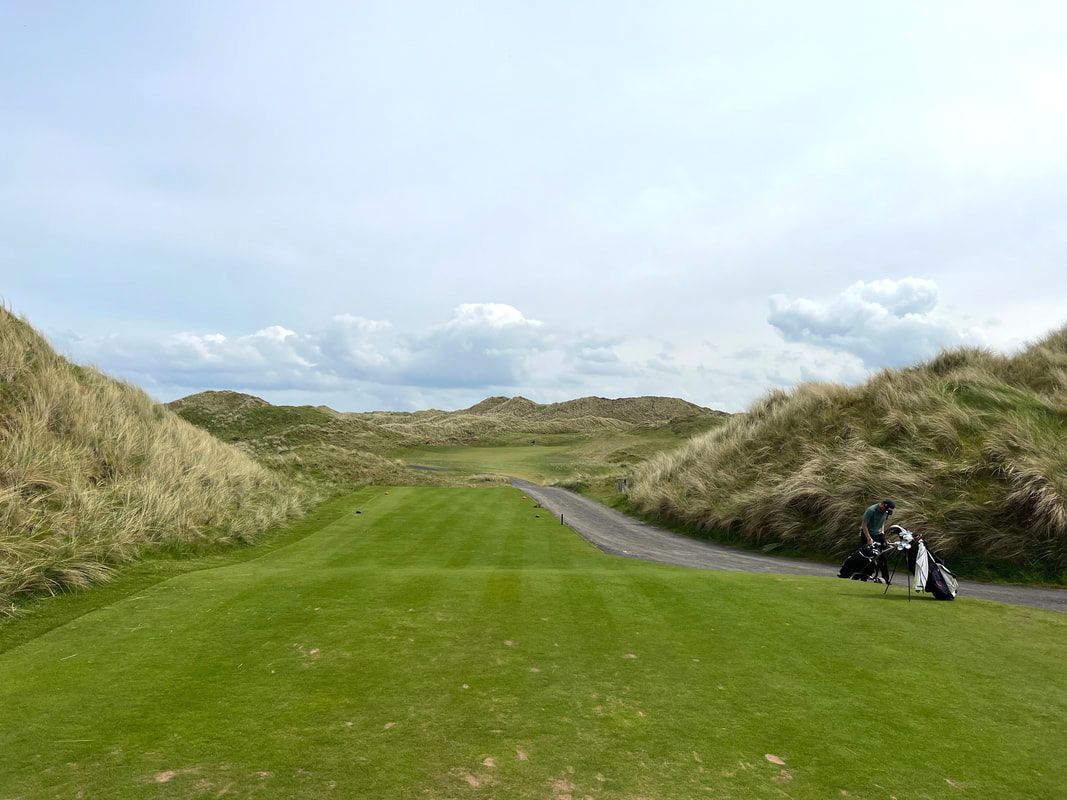
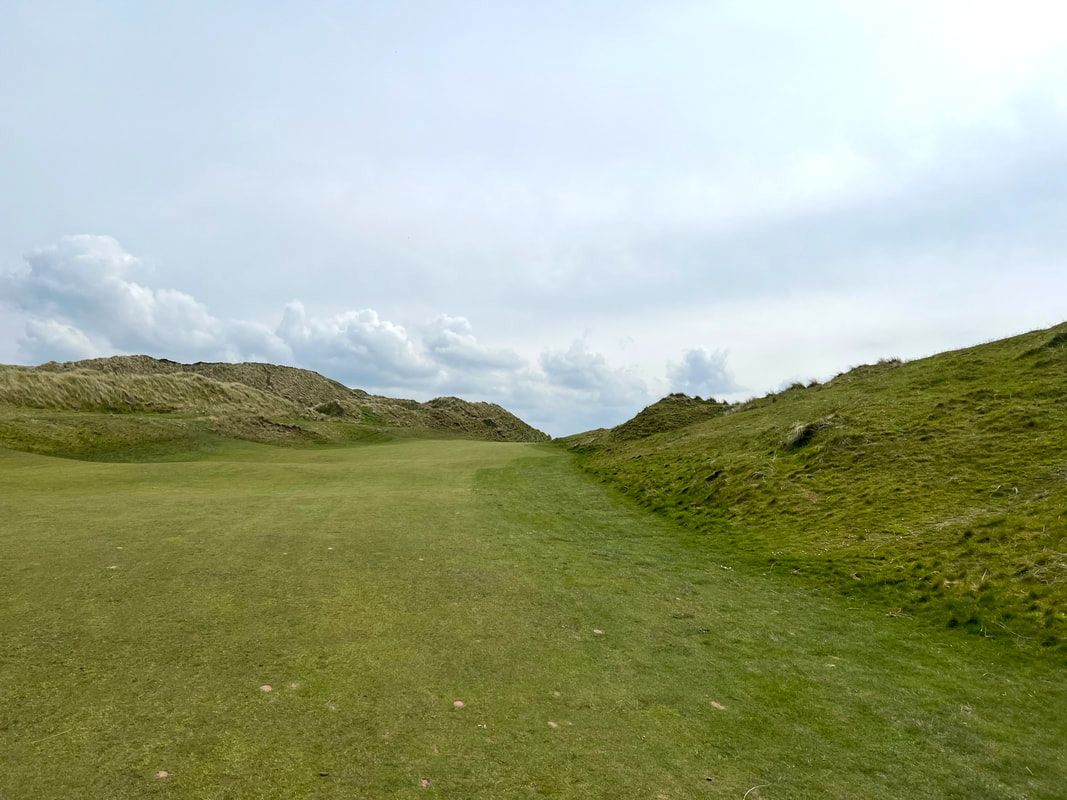
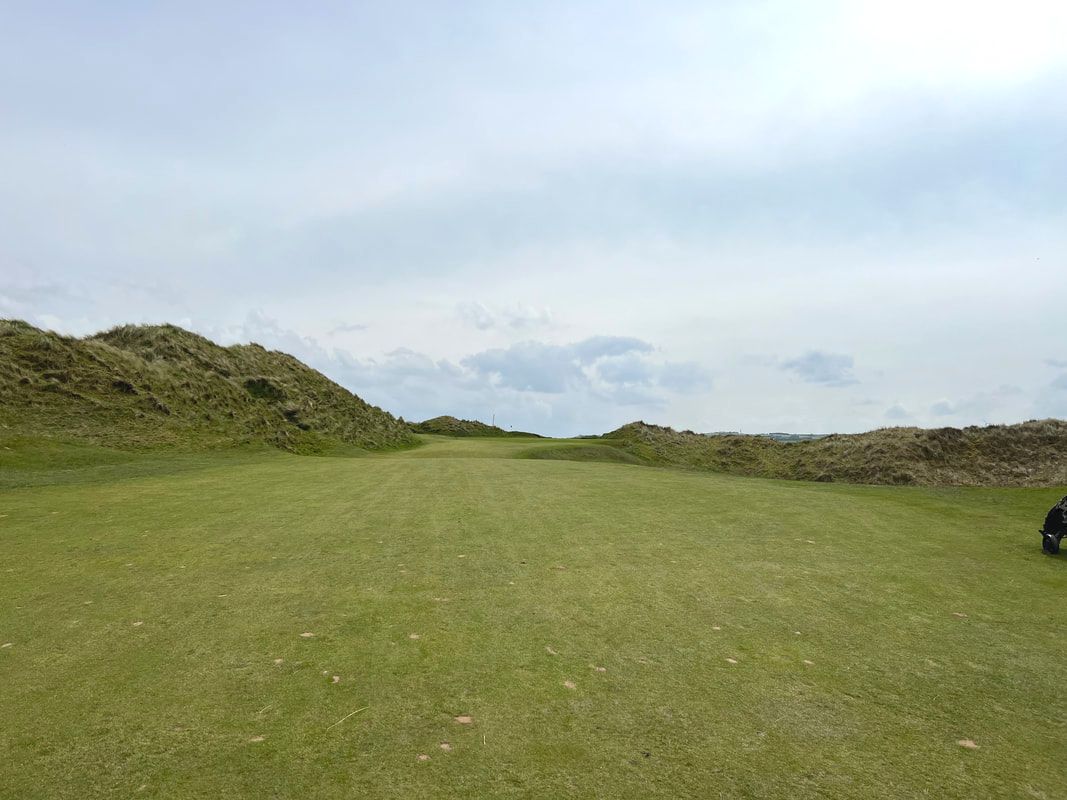
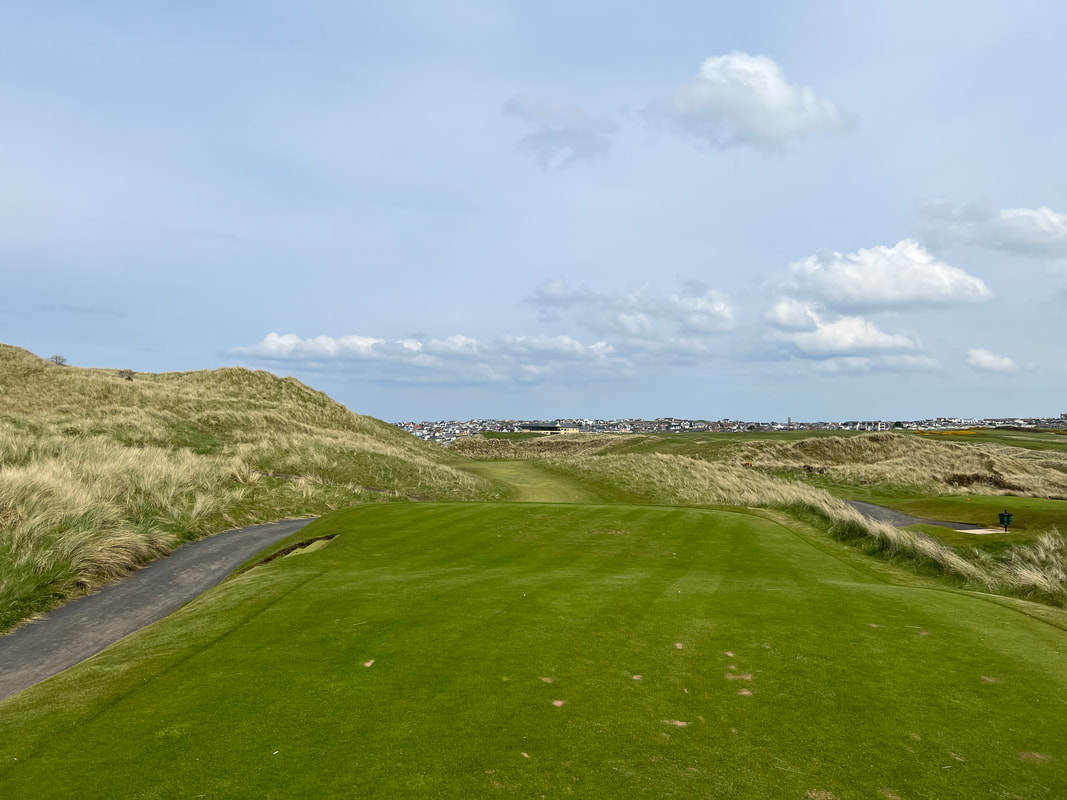
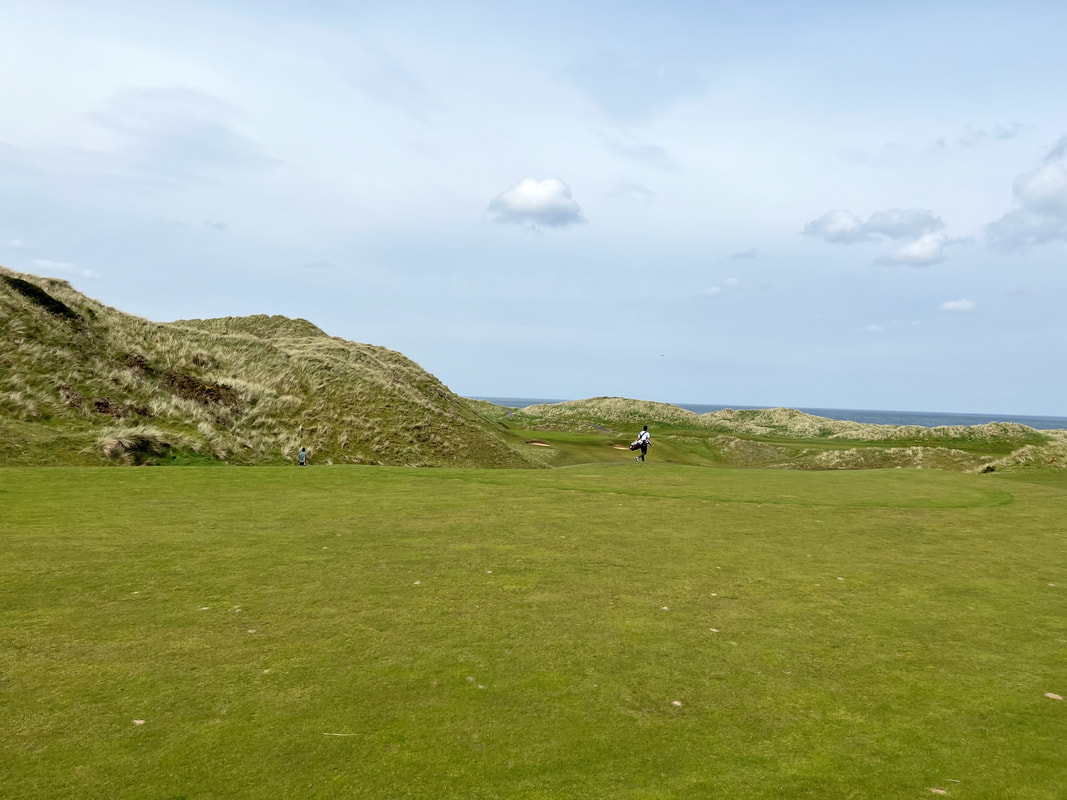
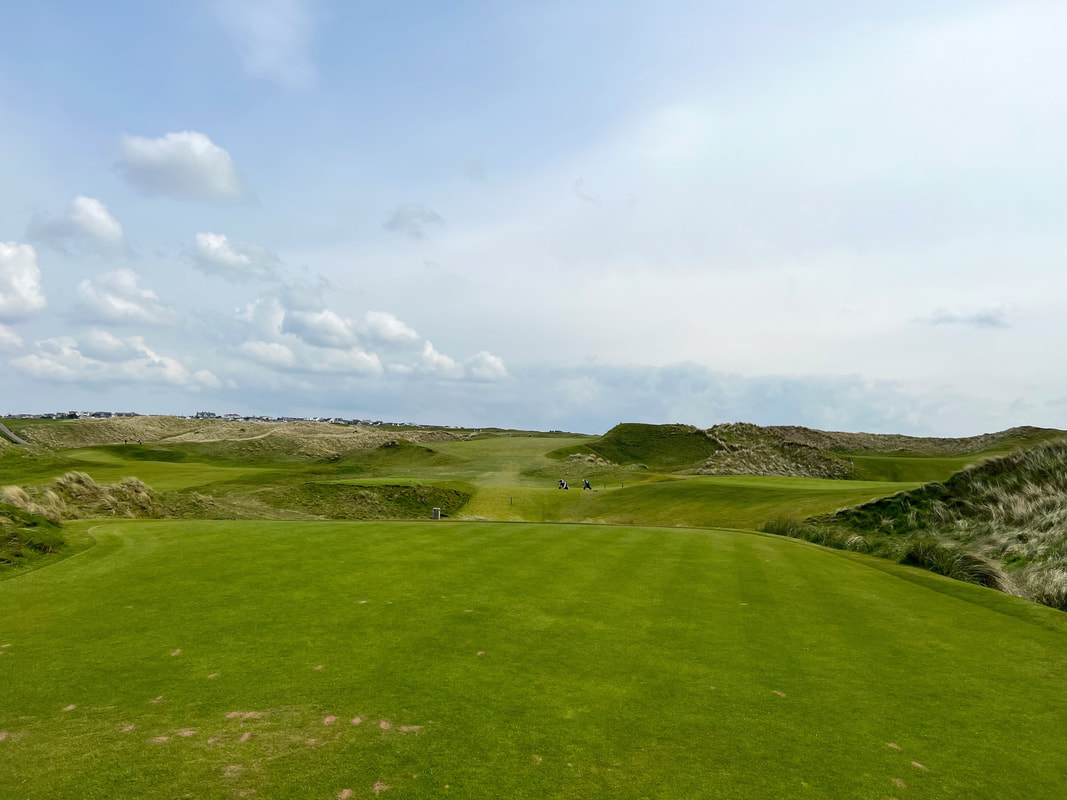
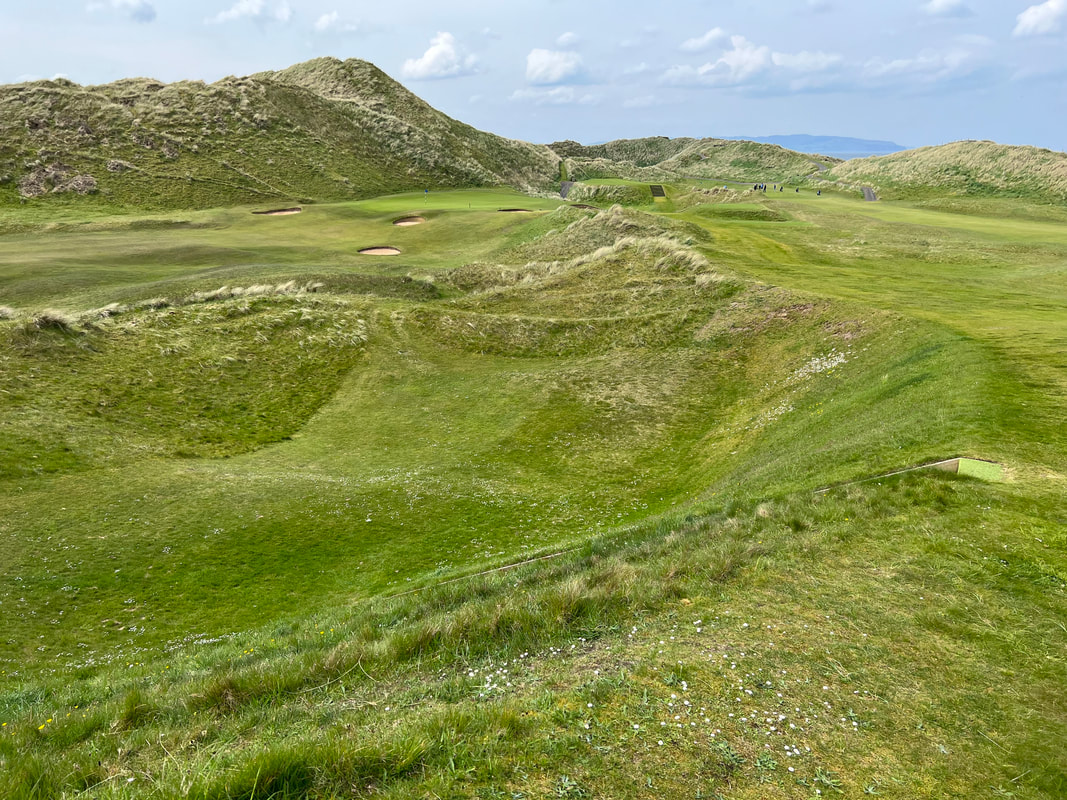
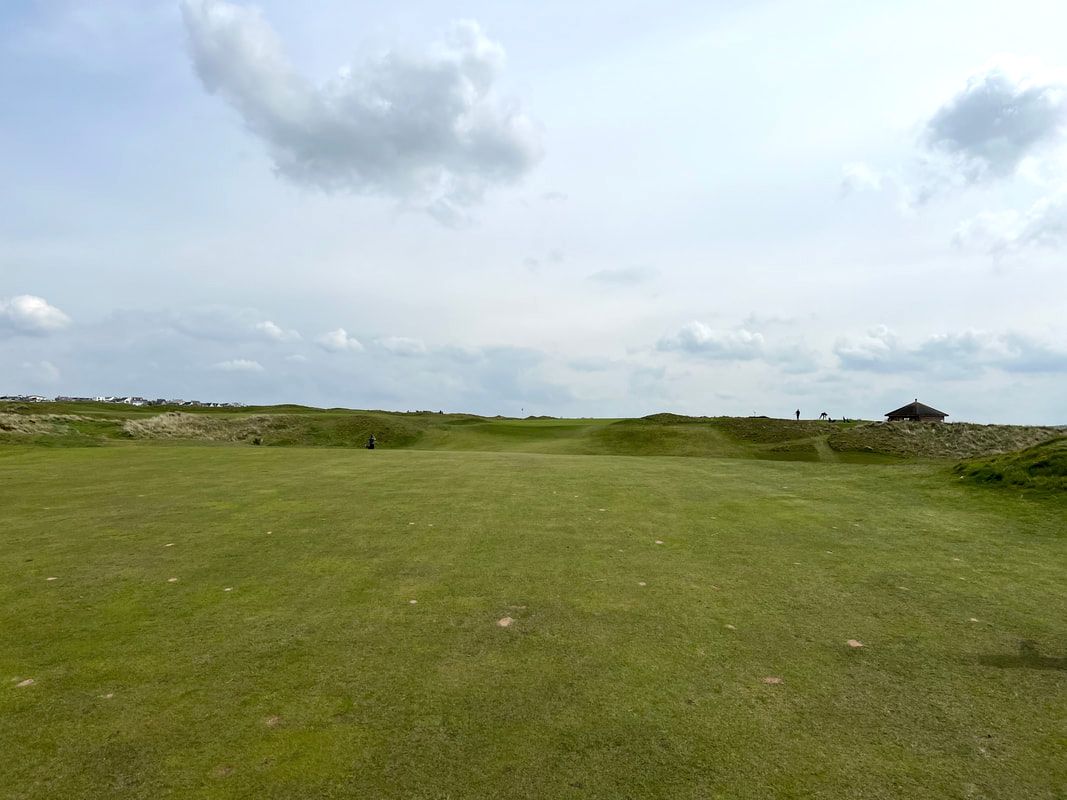
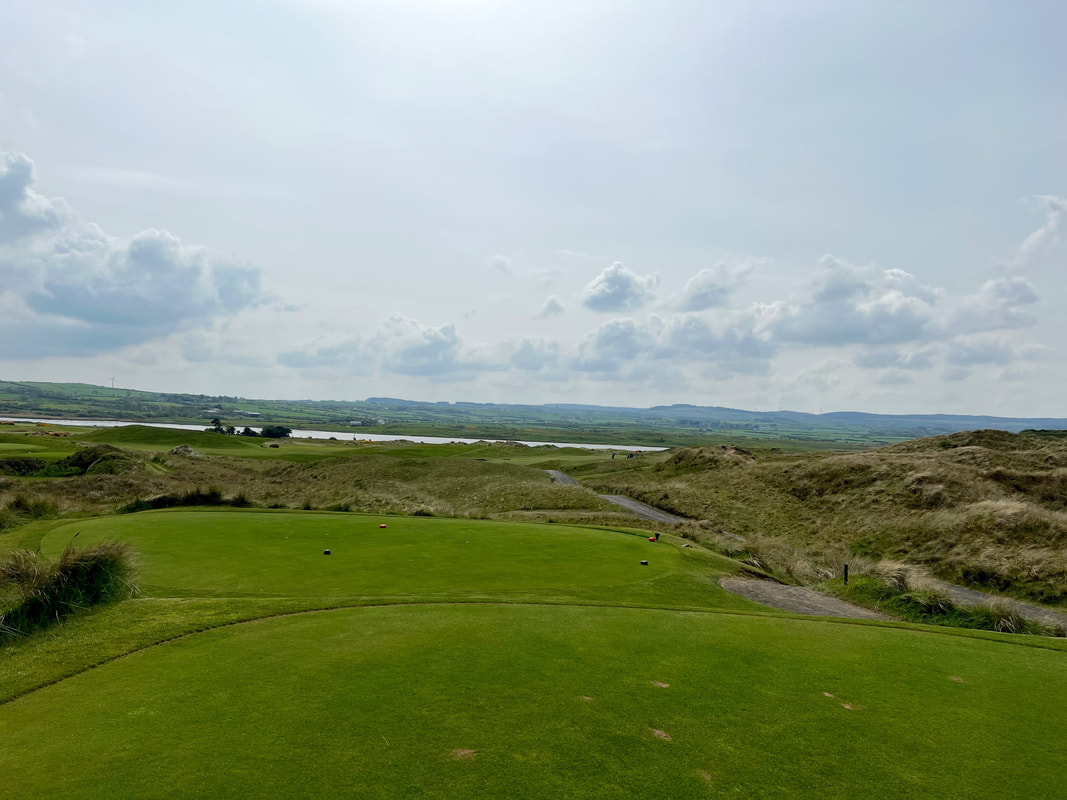
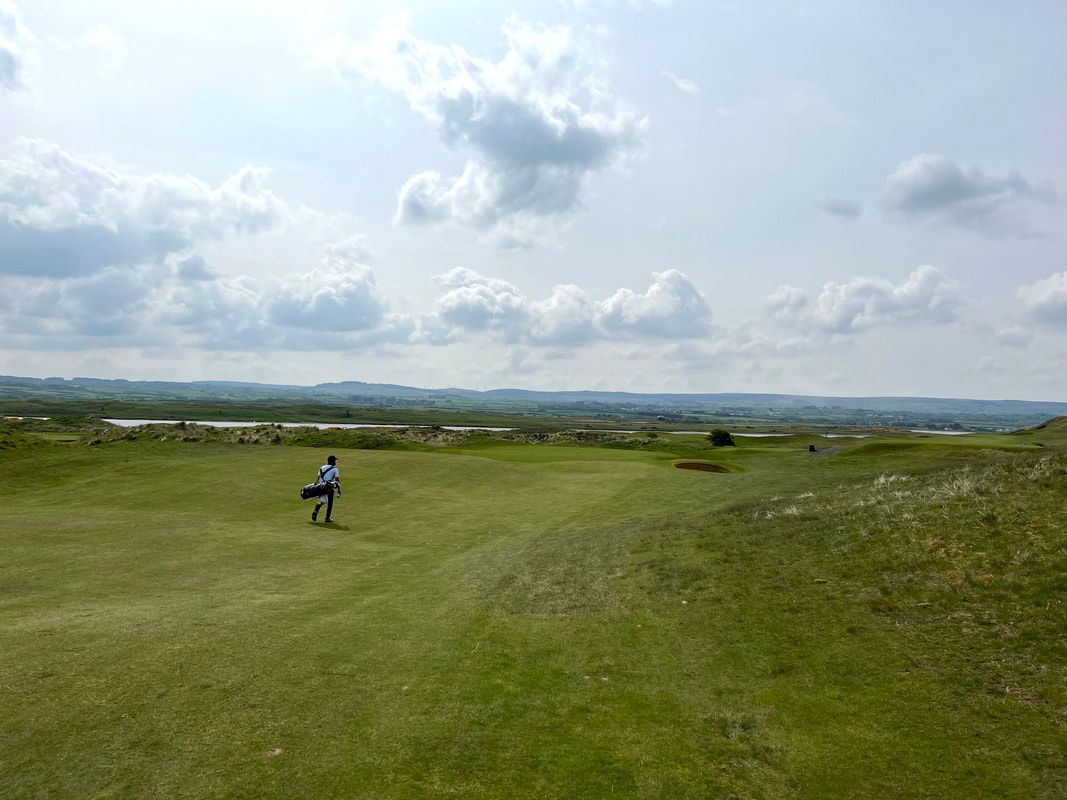
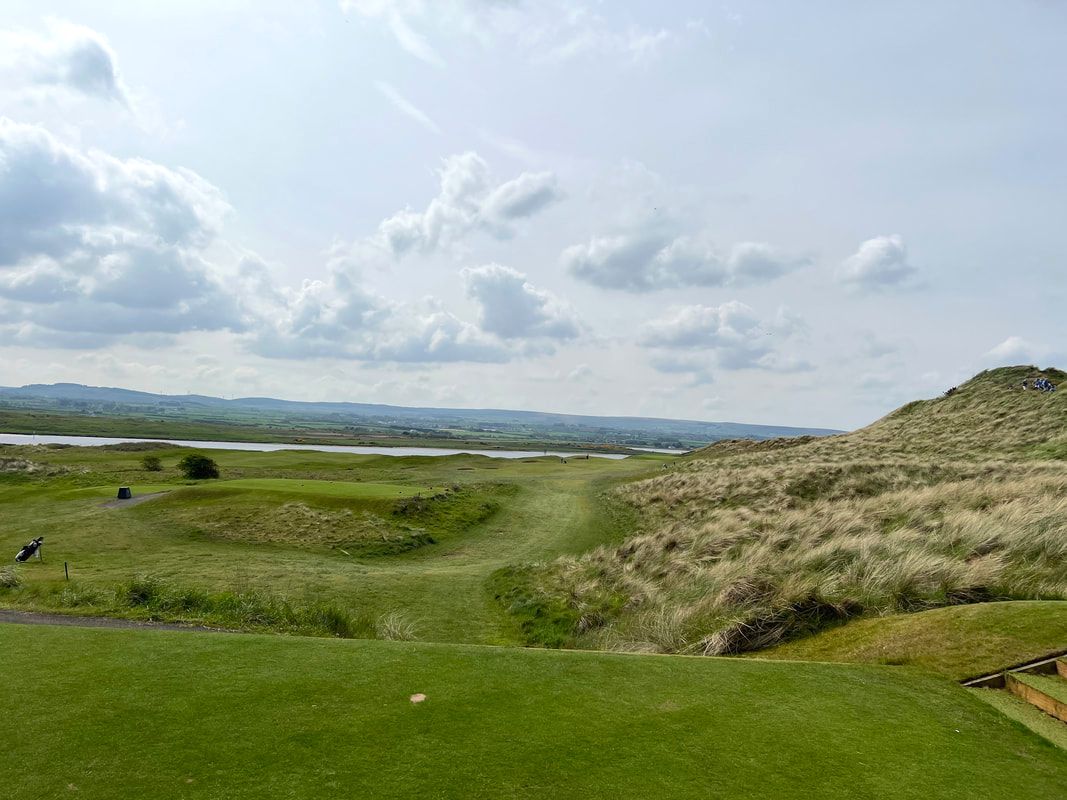
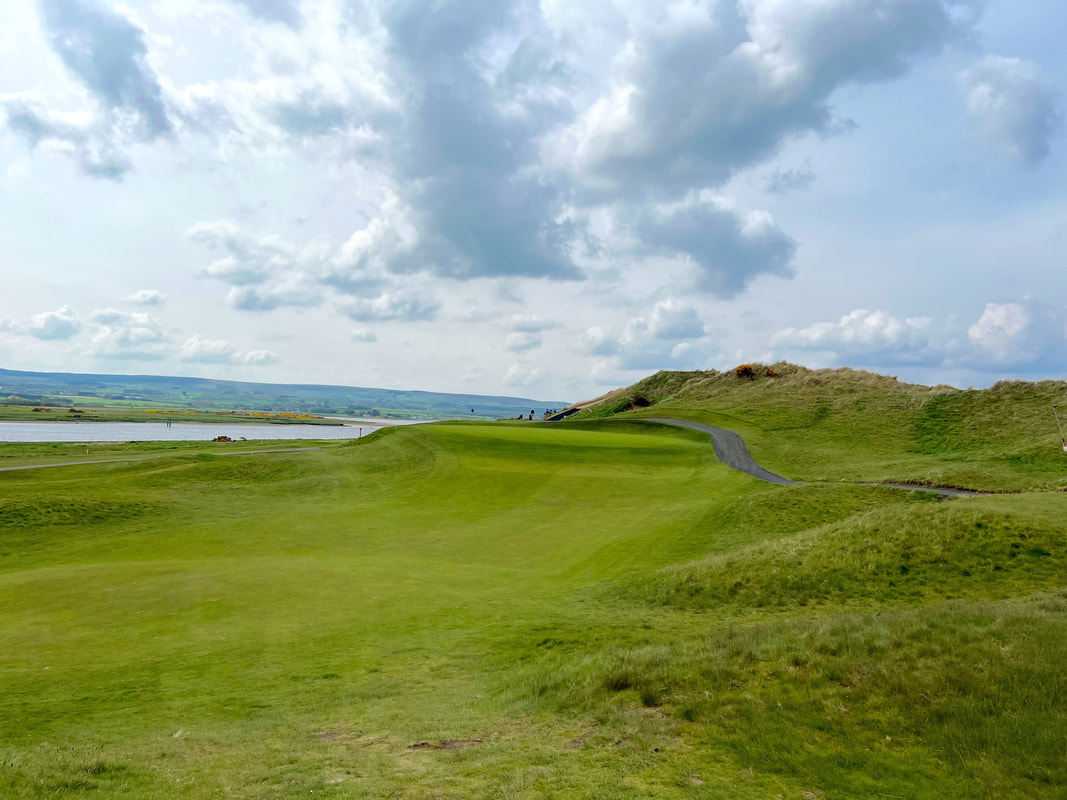
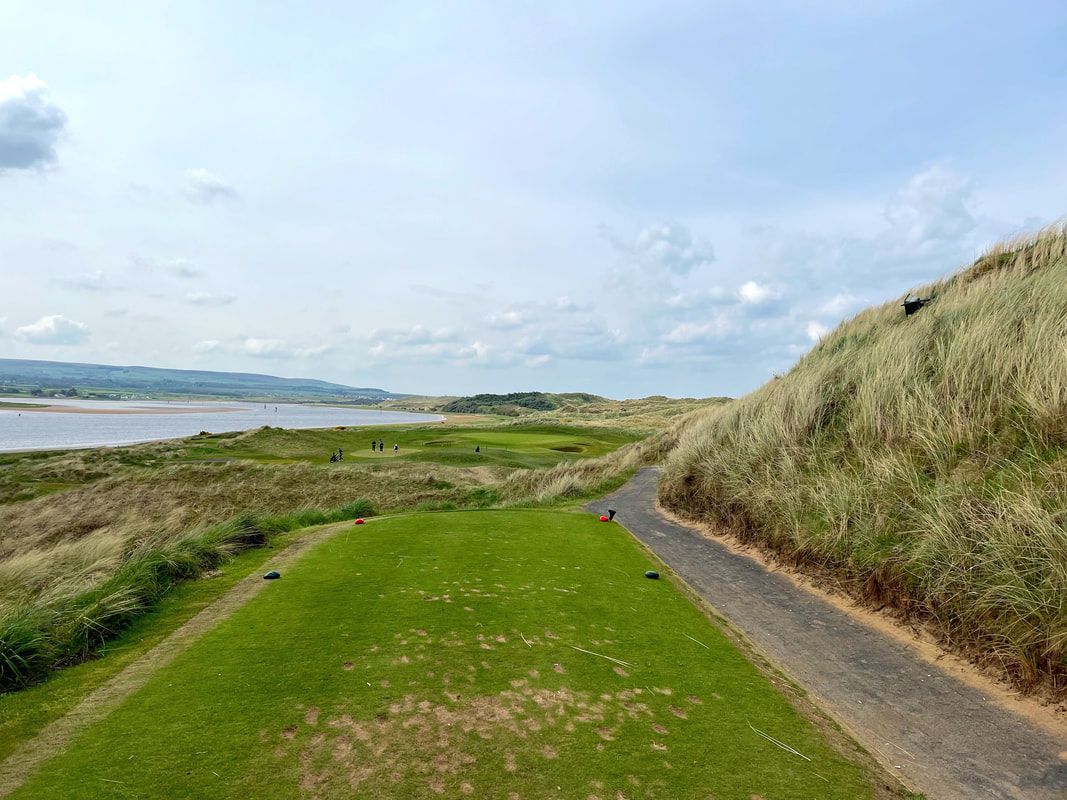
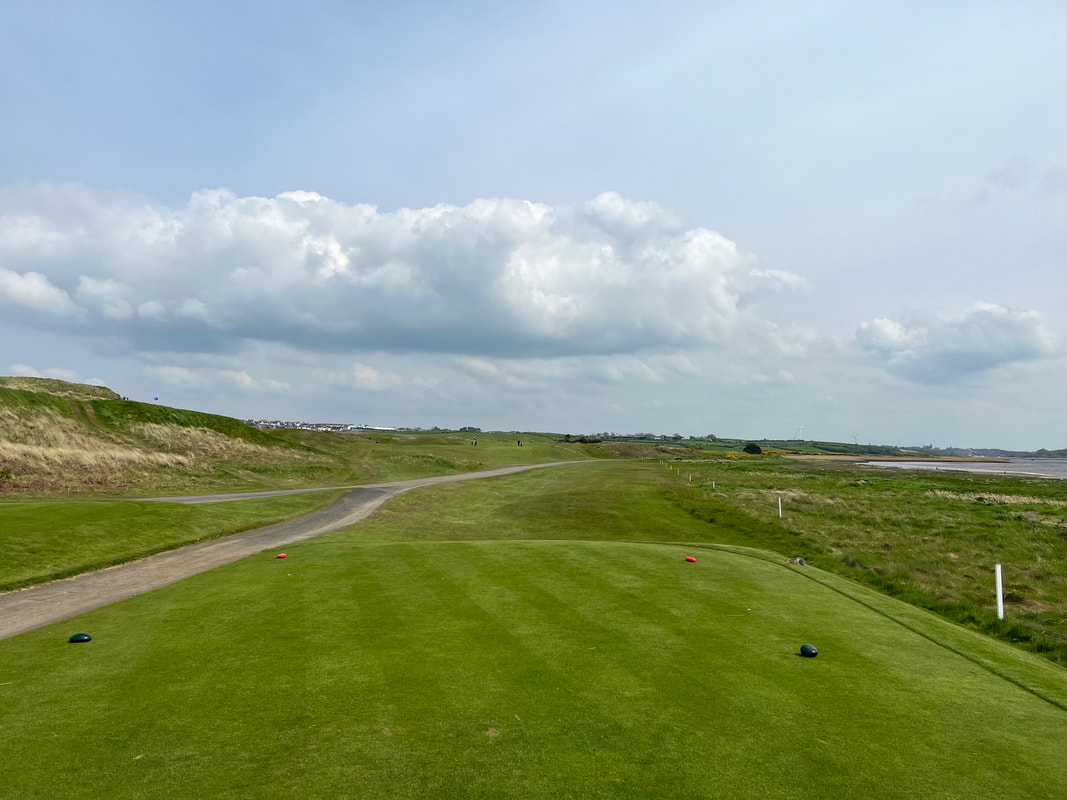
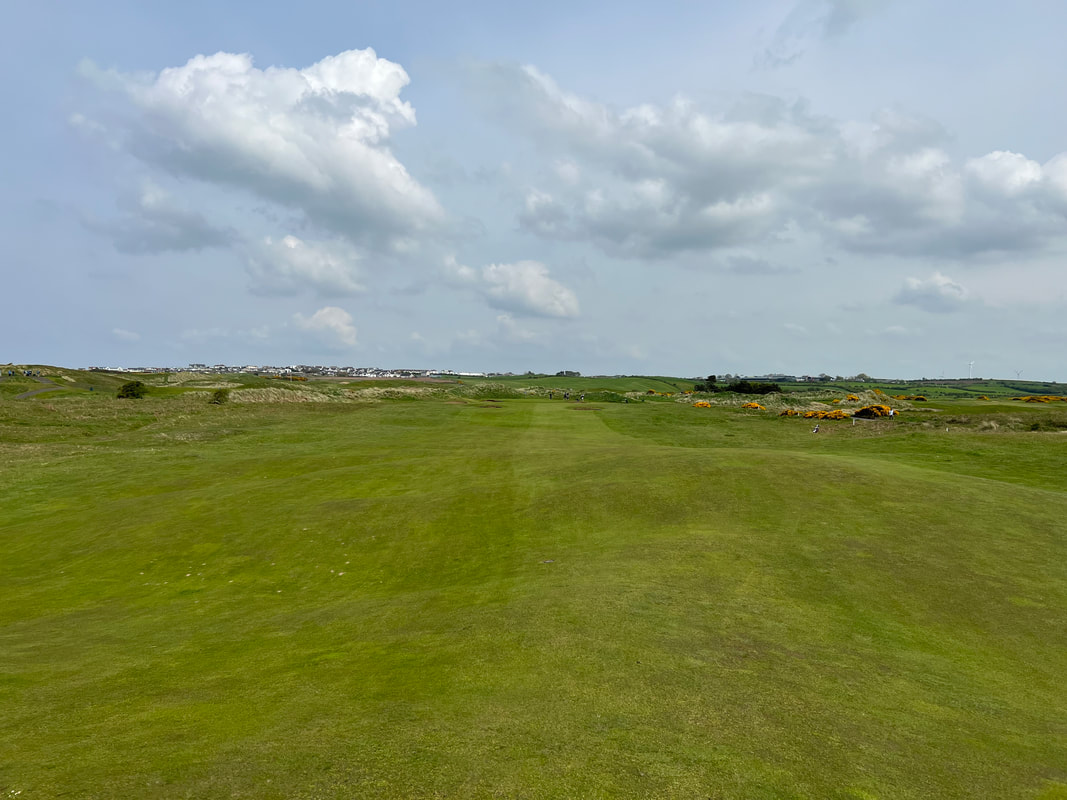
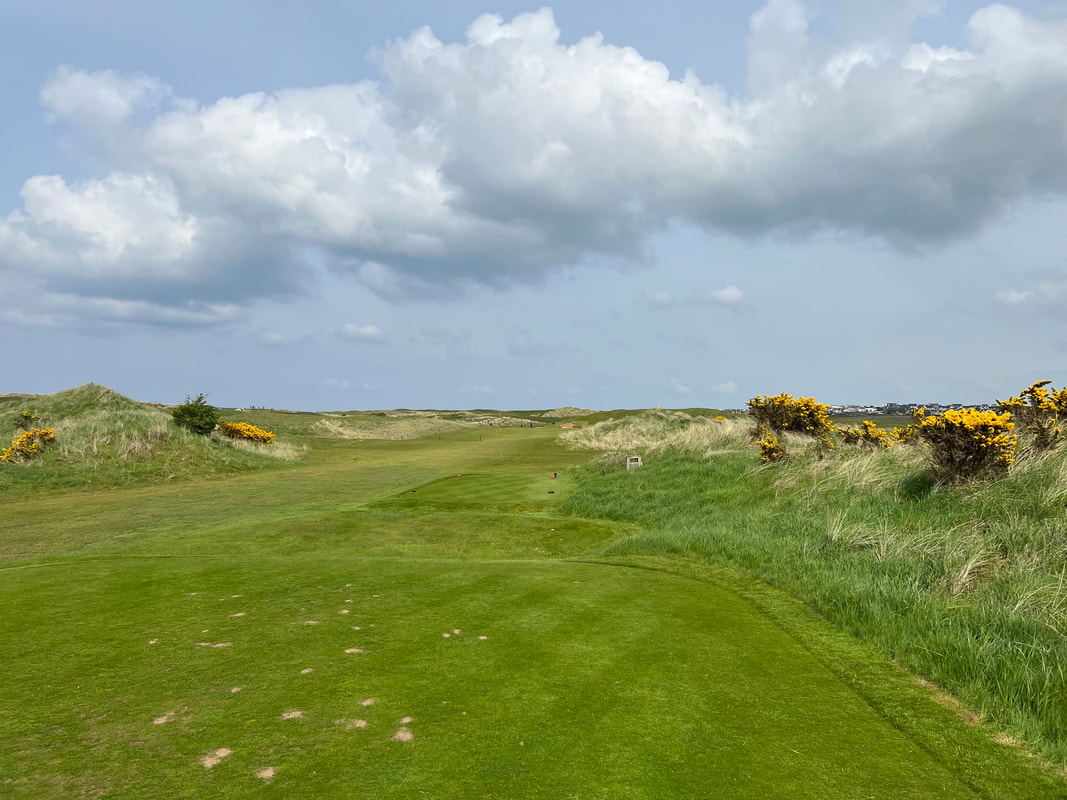
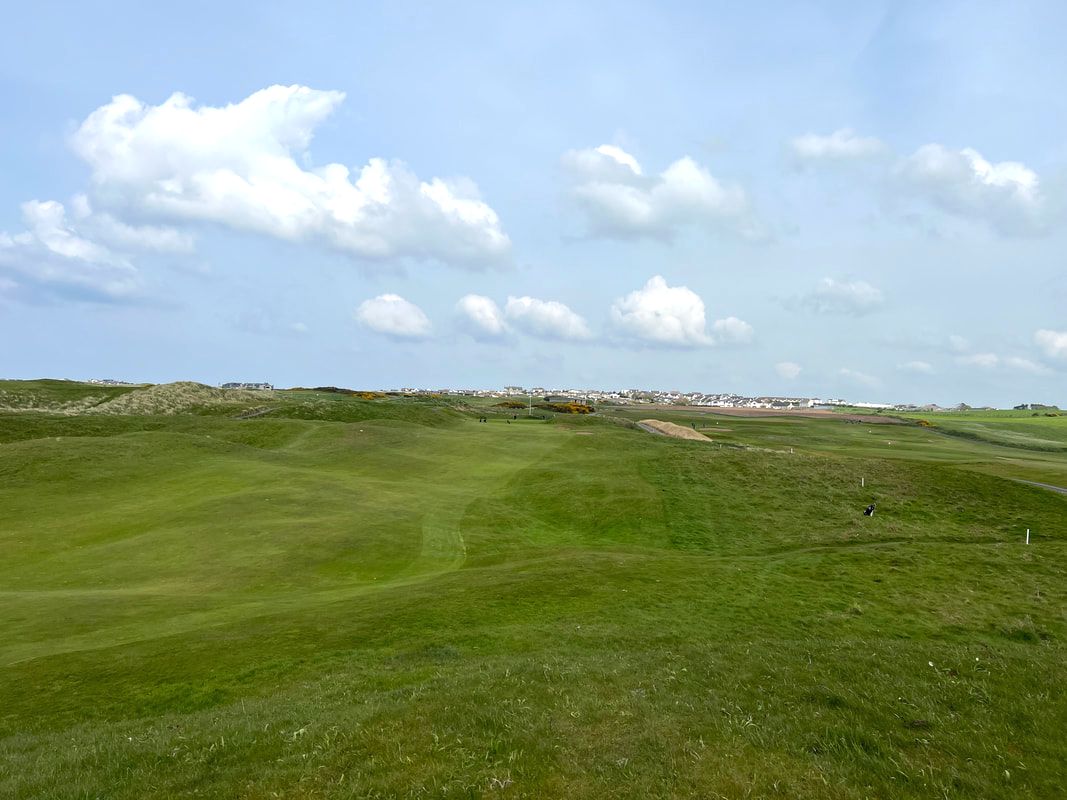
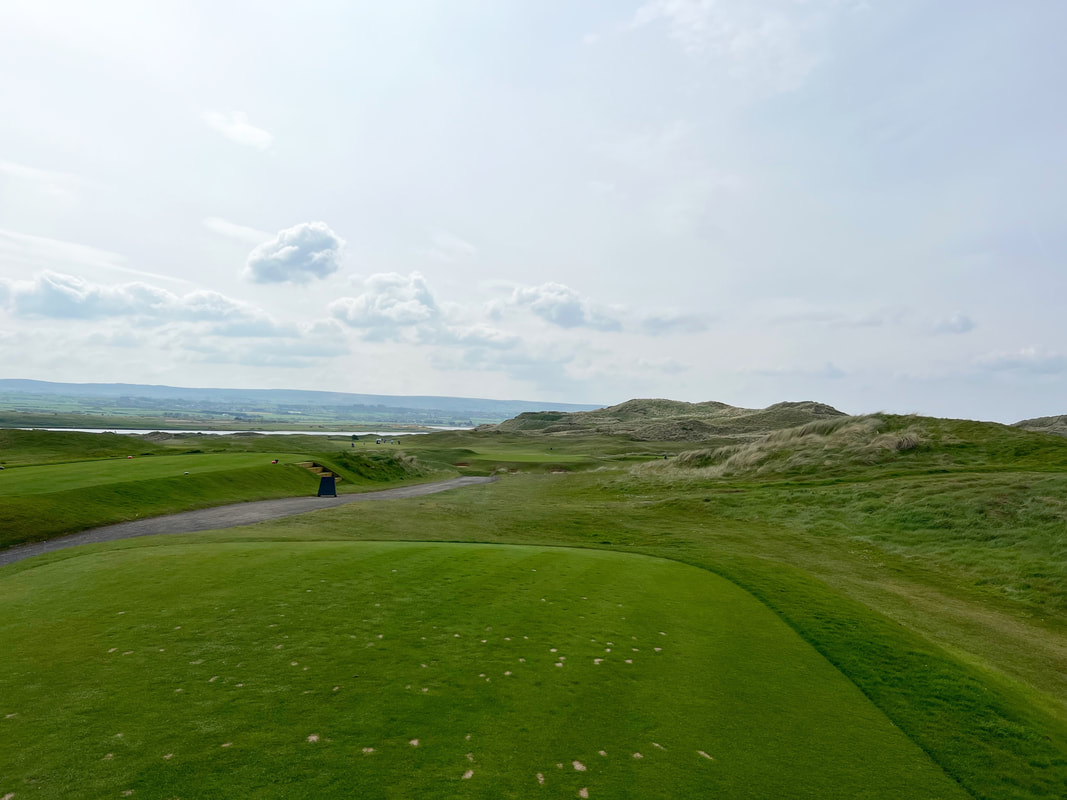
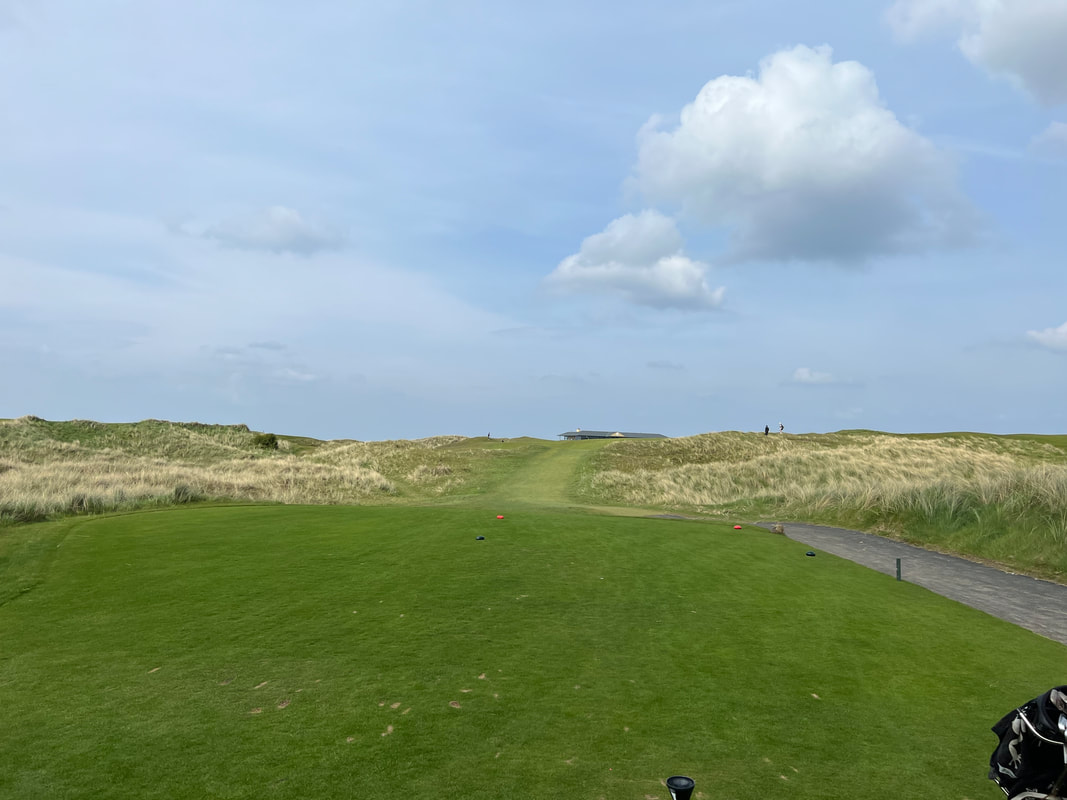
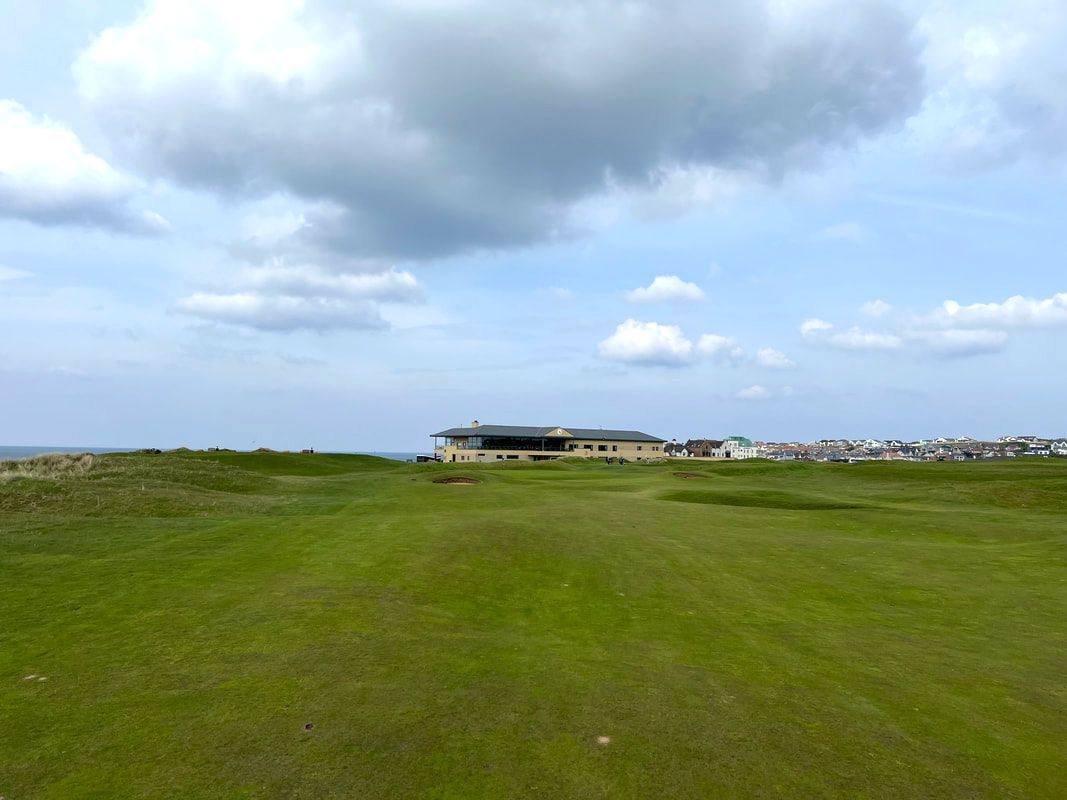
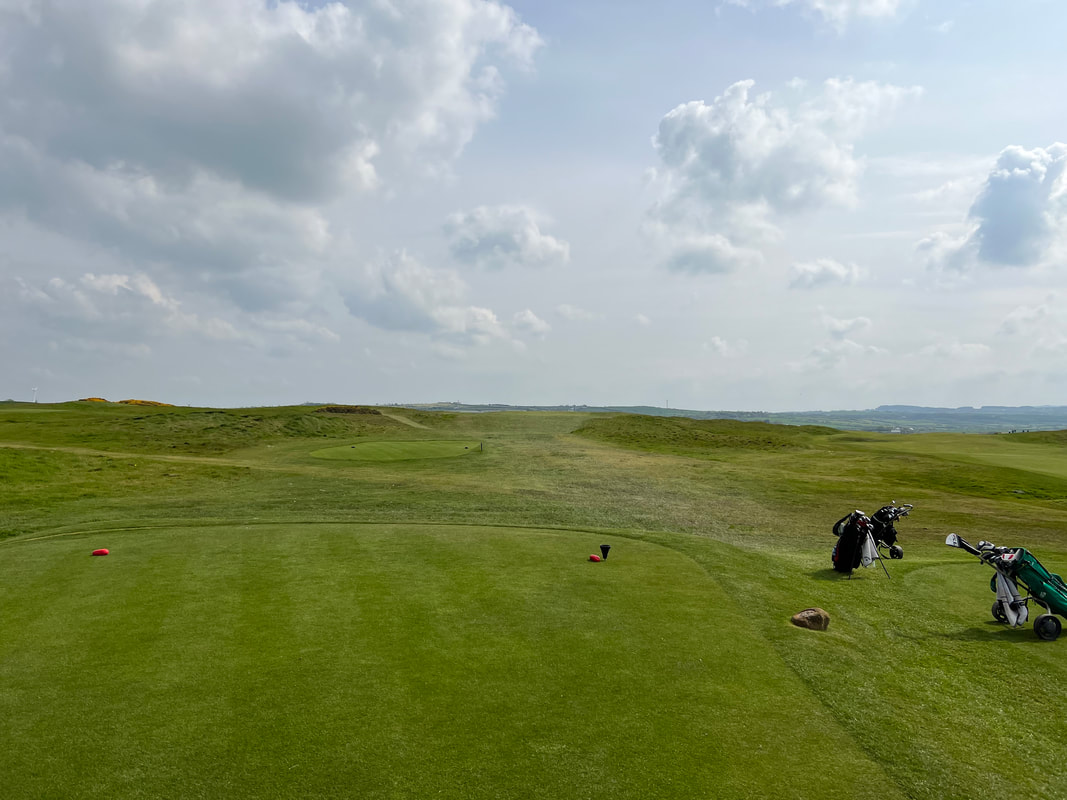
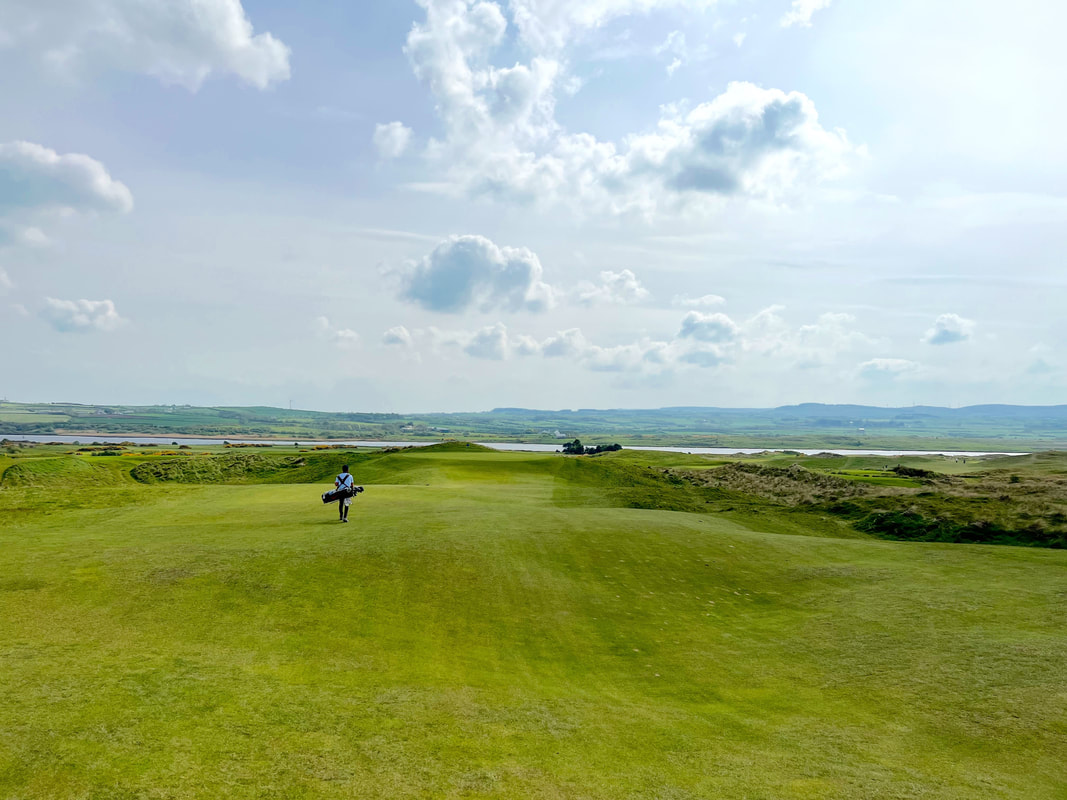
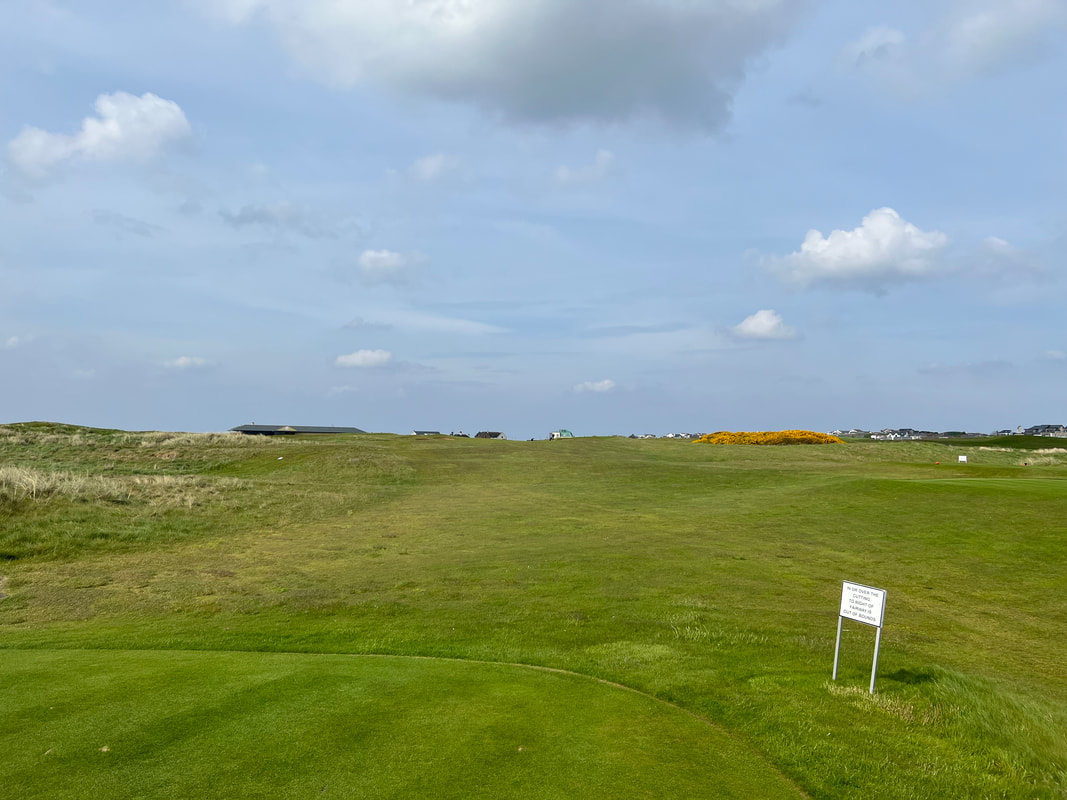
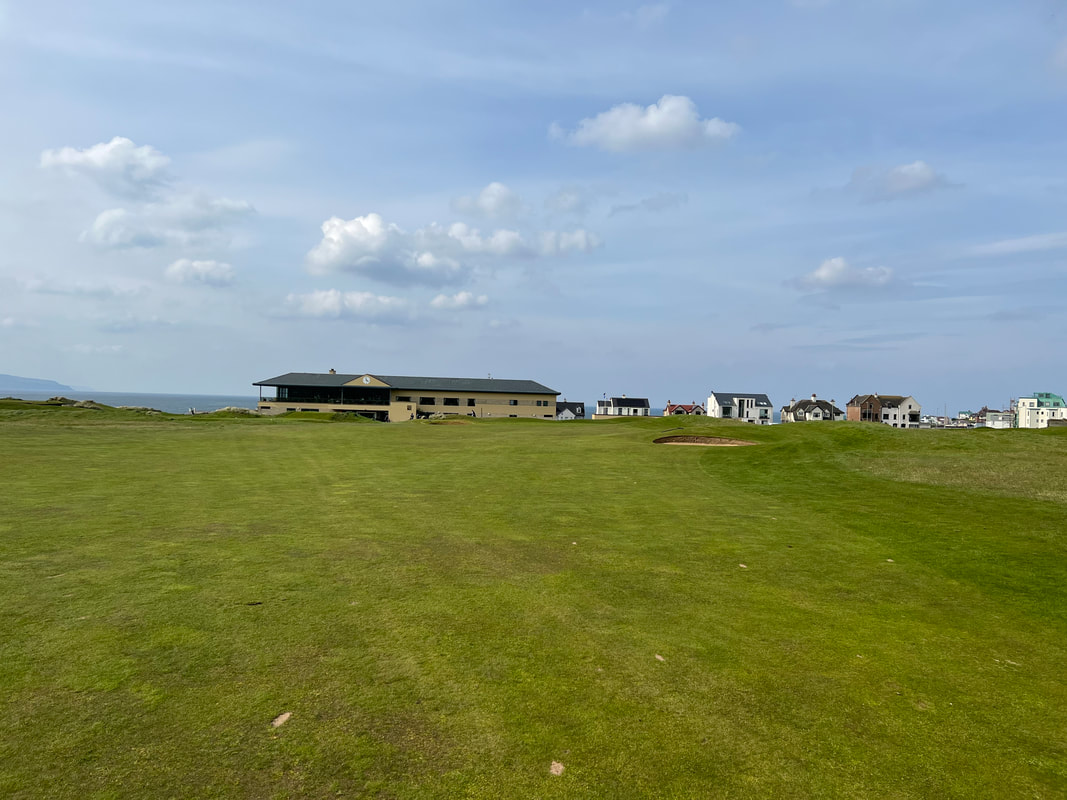
 RSS Feed
RSS Feed